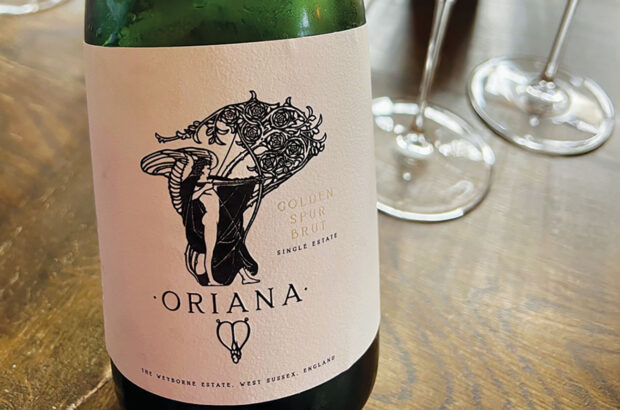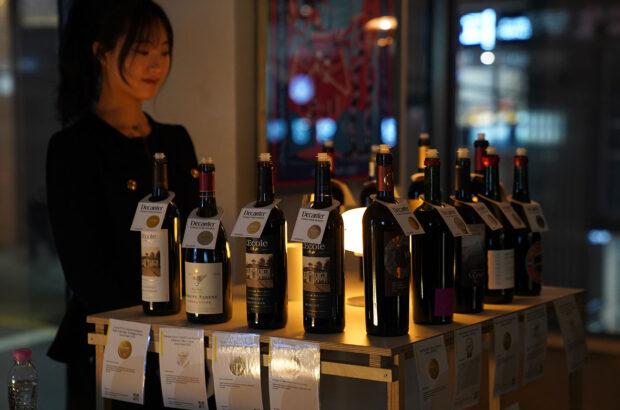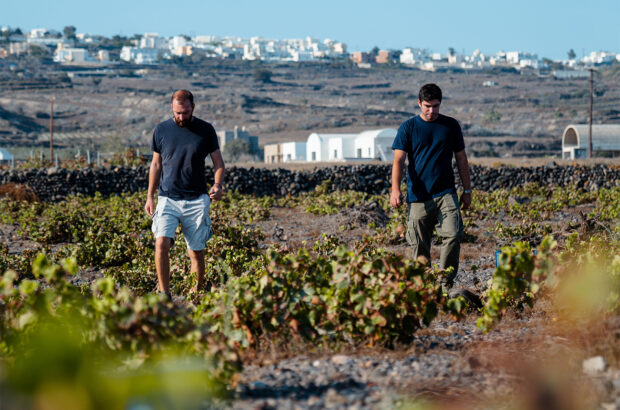American whiskey cask finishes aren’t necessarily new. Many are finished in Sherry, Port or Madeira casks, following a traditional method that Scotch producers have been using for decades.
However, more distilleries are now finishing their American whiskeys in more unconventional secondary casks to explore local finishes and create a distinctive, flavourful profile that is unique to the US.
The future of American finishing
Changes in the way distillers are using American cask finishes are on the rise – and without any intention of slowing down.
The independent bottler of American whiskey, Lost Lantern, recently highlighted today’s latest cask innovations in its Spring Collection 2025. Products include Andalusia Tequila Finished Peated Texas Single Malt Single Cask, finished in an ex-añejo Tequila cask, and the Starlight Honey Finished Indiana Straight Bourbon Single Cask, aged in a former honey cask.

Lost Lantern’s Spring Collection 2025
‘Every one of the finishes we chose for the Spring Collection is part of what we see as the new frontier of American finishing, and was chosen specifically to help illustrate that concept,’ says Adam Polonski, Lost Lantern co-founder. ‘We wanted to give people access to these new and exciting finishes because they’re delicious and because we see these as a major part of the future of American whiskey.’
Creating a perfect balance
Finding balance in ingredients and technique is key when making American whiskey, especially if incorporating a second cask finish. Melinda Maddox, master blender at Colorado’s Old Elk Distillery, explains that the secondary cask programme is never meant to hide the original whiskey but to enhance the different grain qualities in Old Elk’s three mashbills.
‘It’s kind of like a bell curve, and you want to find that peak,’ says Maddox. ‘Each different style of cask is going to influence the whiskey uniquely, not only because of what was in the cask originally, but because each type of whiskey will mature at its own pace.’
Justin Aden, head blender of Stranahan’s Colorado Whiskey, says his products materialised after playing around with a few acquired barrels. They include Diamond Peak Caribbean Rum Cask, finished in Caribbean rum casks, and Empire State Brandy Cask finished in barrels that once held New York applejack brandy.

Justin Aden. Credit Sam Gentry
‘But it’s not just experimenting,’ he says. ‘You have to make sure you’re professional about it, and you have a pipeline for things that work. That’s something that’s so fun about this job.’
Room for creativity
Using cask finishes is an art form and allows for plenty of creativity. To say the Connecticut-based spirits company, Veritable Distillery, has fun with its finishes is an understatement.
Finneas Pryor, vice president and distiller at Veritable, ages Ship’s Bell Bourbon – his high-barley, high-rye blended bourbon whiskey – with a selection of seven different cask types. They include ex-rye, ex-bourbon, new oak barrels, ex-Port hogsheads, ex-Madeira hogsheads, ex-Sherry hogsheads and ex-rum barrels.

Finneas Pryor
‘We take this approach because it allows us to put the same spirit in a variety of casks, then track and familiarise ourselves with how the whiskey develops through its full maturation,’ says Pryor. ‘From there, we can start to course when, how, and why we may want to transfer, harvest, or blend that cask, which grants us an amazing amount of creativity.’
Local colour
Stoutridge Distillery & Winery is a husband and wife team based in Marlboro, New York, and prides itself on using local ingredients to make its small batch spirits. Owners and distillers Stephen Osborn and Kim Wagner craft a single malt from the property’s own floor malting and age it in casks they have directly on-hand, including a California Pinot Noir French oak barrel. ‘These wine barrels are very rare for single malt because they are so expensive,’ Osborn says. ‘But as a winery, we have easy access.’
Alex Clark, co-founder of Fort Hamilton Distillery in Brooklyn, is also a fan of the unconventional. He ages his rye in cask finishes that include Armagnac, maple and an iced apple cider that is exclusive to Boutique Wines, Spirits and Ciders in Fishkill, NY. Clark also works with the mead distributor Mutiny Distribution to create a mead barrel finish, honouring his late grandfather, who was a beekeeper. It offers a flavour profile he describes as: ‘Bees buzzing through a summer Meadow’.

Fort Hamilton co-founders Alex Clark and Amy Grindeland
While the mead and Armagnac finishes are available to purchase online, the others are only intended to be sold at Fort Hamilton’s tasting room. ‘These projects are designed to be creative on a smaller scale and to drive business to the distillery,’ Clark says. ‘People who are really keen or nerdy about their whiskey can come and check them out here.’
Starting new traditions
The use of Sherry, Port and Madeira cask finishes will always be prevalent when ageing American whiskey. However, more distilleries are starting to experiment with new and innovative techniques to create something even more unique that cannot be replicated elsewhere.
‘Cask finishing is a way for whiskey producers to innovate, get creative and reach new and different drinking audiences,’ says Maddox. ‘Similar to how the dining and drinking scene has been influenced by farm-to-table and the craft movement, finishing American whiskeys in unique casks allows for the opportunity to tell a new story about our whiskeys and create a shareable experience.’
US cask-finish whiskeys: Six to try
Fort Hamilton Continental Collection Armagnac Finished
Distilled from 90% rye and 10% malted barley, then aged in Armagnac barrels sourced from the South of France. A nose full of fig and plum with a palate just as fruity for a jammy finish. A stand-out for a Sazerac. Alc 59.2%
Lost Lantern Andalusia Tequila Finished Peated Texas Single Malt Single Cask
Aged in a barrel that held an Andalusia single malt smoked with Texas wood and finished in an ex-Añejo tequila cask. Rich notes of butterscotch and smoke hit the nose with a mix of creamy vanilla and grassy flavour on the tongue. A must for a Whiskey Paloma. Alc 61.2%
Old Elk Cognac Cask Finish Wheat
Aged a minimum of six years with an additional year finished in French Limousine Cognac Casks. Apricot and candied orange on the nose, followed by honeycomb and caramel with a long finish. Ideal on its own served neat. Alc 47.5%
Stoutridge Southern Ulster Single Malt
Distilled malt whiskey from Stoutridge’s own floor maltings that is aged in Pinot Noir wine barrels, then finished in ex-Laphroaig Scotch whisky barrels. Sweet vanilla and caramel aromas accompanied by a soft and smooth texture with hints of smoke. A solid bet for a highball. Alc 46%
Stranahan’s Diamond Peak Caribbean Rum Cask
Distilled with 100% malted barley, handmade in small batches at the Stranahan’s distillery, first aged in virgin American Oak Barrels, then Caribbean rum casks. Warm aromas of dried fruit and crème brûlée are followed by brown sugar and spice. Give your traditional Dark ‘N’ Stormy an upgrade. Alc 45%
Veritable Ship’s Bell Bourbon
Blended with an American single malt Whiskey that’s been aged in Connecticut for 3 years in ex-bourbon barrels from Bardstown Distillery. Notes of nutty caramel apple are led by sweet, warm oak with a smooth caramel finish. A worthy option for a New York Sour. Alc 43%







